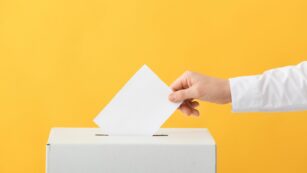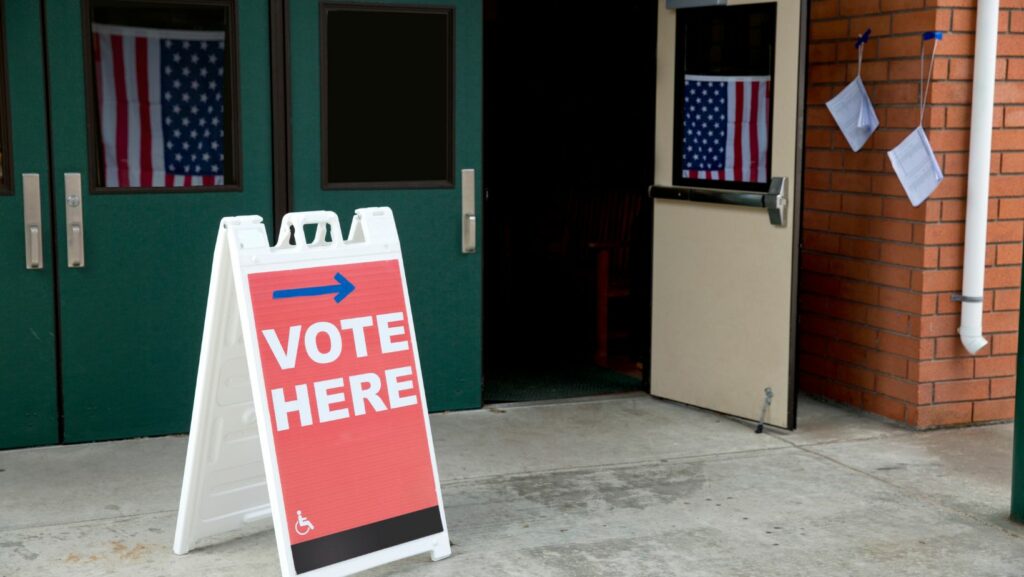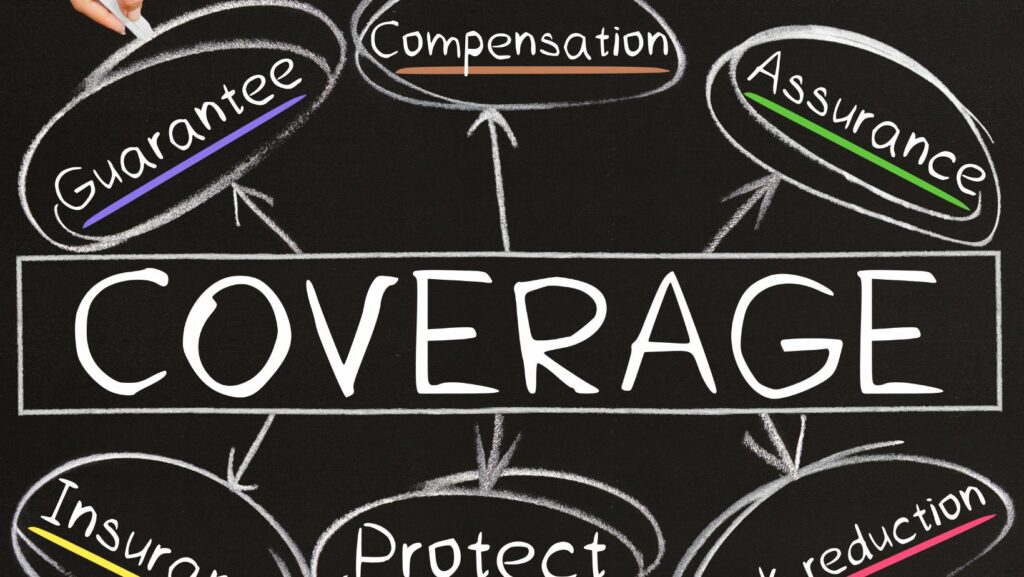In today’s fast-paced media landscape, election coverage plays a pivotal role in shaping public opinion and informing voters. As elections approach, news outlets scramble to provide comprehensive coverage that captures the essence of the political climate. But what exactly constitutes election coverage, and why is it so crucial?
Election coverage encompasses the reporting and analysis of political campaigns, candidate profiles, policy debates, and voter sentiment. It’s not just about the who, what, when, and where; it’s about delving into the why and how, offering insights that help citizens make informed decisions. With the rise of digital media, election coverage has become more accessible, allowing for real-time updates and diverse perspectives.
As media organizations strive to maintain credibility and accuracy, understanding the definition and scope of election coverage becomes essential. This knowledge empowers voters to discern between biased reporting and factual information, ultimately fostering a more informed electorate.
Election Coverage Definition
Election coverage refers to the comprehensive reporting and analysis of political campaigns, candidate profiles, policy debates, and voter sentiment. It’s crucial in shaping public opinion and informing voters, fulfilling the democratic function of empowering citizens with knowledge.
 Ensuring voters receive accurate information is essential for democratic processes. Election coverage provides updates on political campaigns, elucidating party platforms and candidate positions. It analyzes policy debates, helping voters understand implications for their lives. By offering diverse viewpoints, this coverage promotes a more informed electorate, which can discern fact from bias.
Ensuring voters receive accurate information is essential for democratic processes. Election coverage provides updates on political campaigns, elucidating party platforms and candidate positions. It analyzes policy debates, helping voters understand implications for their lives. By offering diverse viewpoints, this coverage promotes a more informed electorate, which can discern fact from bias.
Maintaining accuracy in election reporting builds trust in media organizations. This credibility assists voters in navigating digital and traditional media, making informed choices at the ballot box. In an era of information overload, reliable election coverage acts as a guide for citizens to engage meaningfully in the political landscape.
Types of Election Coverage
Election coverage varies in format and delivery across different media outlets. Understanding these types helps consumers navigate information effectively.
Traditional Media
Traditional media channels like newspapers, television, and radio provide extensive election coverage. They offer in-depth analyses, feature candidate interviews, and cover political rallies. For example, television news networks often host debates and town halls, presenting detailed discussions on policy issues.
Digital Platforms
 Digital platforms include online news websites and streaming services. These channels offer real-time updates and multimedia content on electoral events. Websites provide articles on policy analyses and candidate statements, while streaming services often broadcast live events like debates and campaign speeches.
Digital platforms include online news websites and streaming services. These channels offer real-time updates and multimedia content on electoral events. Websites provide articles on policy analyses and candidate statements, while streaming services often broadcast live events like debates and campaign speeches.
Social media platforms like Twitter, Facebook, and Instagram influence election coverage by enabling direct communication between candidates and voters. These platforms allow candidates to share updates and engage with the public directly. Viral posts can shape public discourse and amplify particular viewpoints, highlighting the dynamic role of social media in elections.
Bias and Objectivity
Election coverage exhibits varying degrees of bias and objectivity. Media outlets may favor particular candidates or political ideologies due to editorial policies or ownership. Objective coverage aims to present balanced viewpoints and fact-checked information, enabling readers to form independent opinions.
Reliability of Sources
Determining a source’s reliability is crucial for assessing election coverage. Credible sources adhere to journalistic standards, ensuring accuracy and fairness. Fact-checking organizations and reputable news outlets provide trustworthy information, helping voters differentiate between reliable reports and misinformation.
Best Practices for Effective Election Coverage
 Effective election coverage hinges on a commitment to accuracy and impartiality. Media organizations should prioritize fact-checking and maintain transparency to build trust with their audience. Embracing diverse perspectives ensures that coverage is balanced and comprehensive, helping voters make well-informed decisions. Utilizing a mix of traditional and digital platforms can enhance accessibility and engagement, catering to a wide range of audiences. Journalists must be vigilant against misinformation, providing context and clarity in their reporting. By adhering to these best practices, media outlets can play a pivotal role in fostering an informed electorate and supporting the democratic process.
Effective election coverage hinges on a commitment to accuracy and impartiality. Media organizations should prioritize fact-checking and maintain transparency to build trust with their audience. Embracing diverse perspectives ensures that coverage is balanced and comprehensive, helping voters make well-informed decisions. Utilizing a mix of traditional and digital platforms can enhance accessibility and engagement, catering to a wide range of audiences. Journalists must be vigilant against misinformation, providing context and clarity in their reporting. By adhering to these best practices, media outlets can play a pivotal role in fostering an informed electorate and supporting the democratic process.



